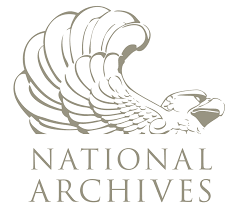Business Case
Print
Table of Contents
- Investment Summary Information
- Investment Detail
- Investment and Contracts
- Historic CIO Rating
- Investment Spending
- Projects and Activities Detail
Agency
National Archives and Records Administration


Investment Type
Major IT Investments
Bureau
National Archives and Records Administration
Mission Support
Not Applicable
Shared Service Category
Not Applicable
Shared Service Identifier
Not Applicable
TMF Initiatives
- High Value Asset (HVA) Mission Essential Systems
FY 2025 IT Spending
$36.87 M
Current CIO Rating
3
Data As Of: 07/30/2025
Date Investment First Submitted
09/17/2021
Date of Last Investment Detail Update
07/30/2025



